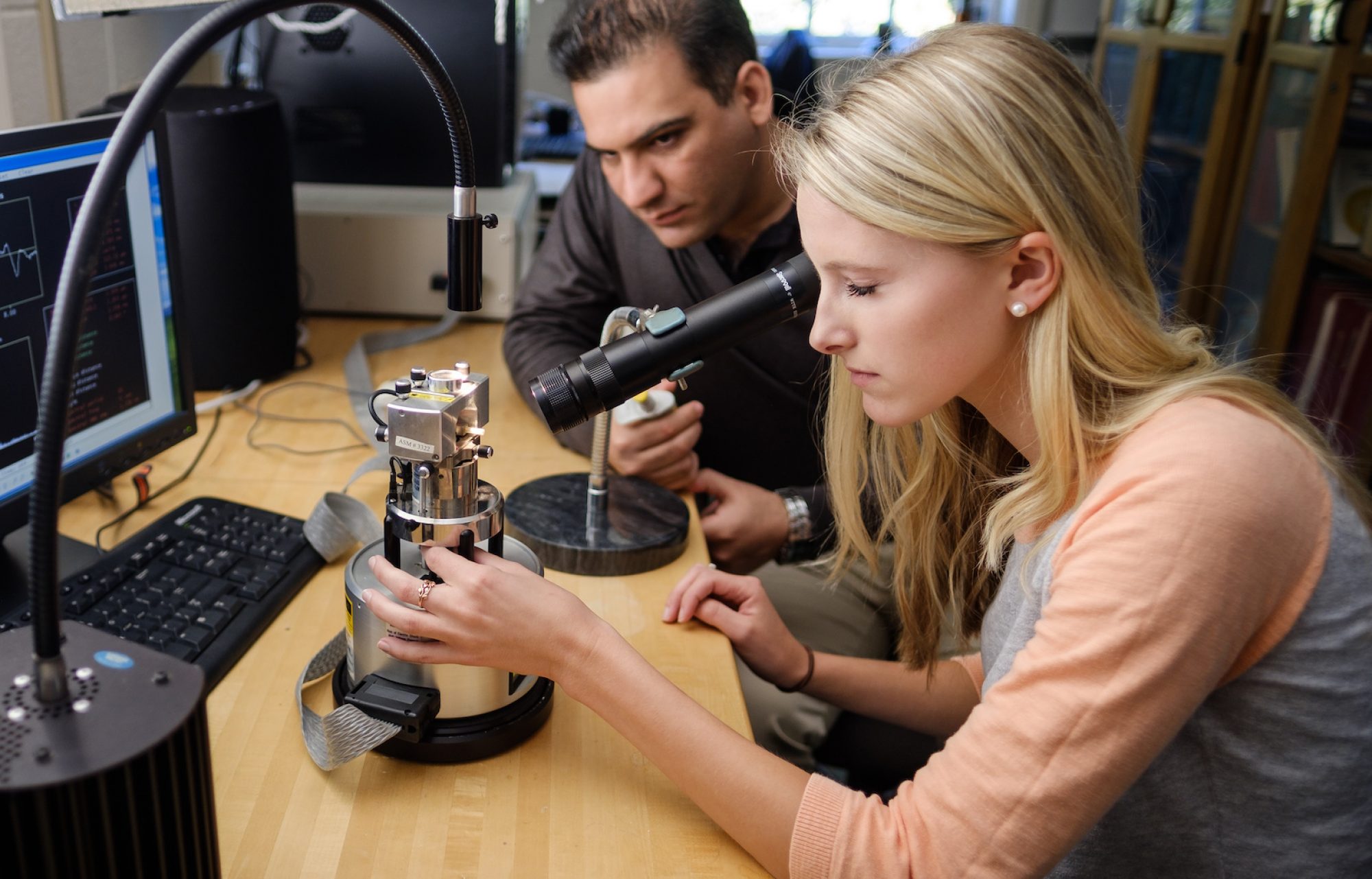Viktoriia Babicheva, PhD,
College of Optical Sciences, University of Arizona
George P. Williams, Jr. Lecture Hall, (Olin 101)
Tuesday, February 5, 2019, at 2:00 PM
There will be a reception with refreshments at 1:30 PM in the lounge. All interested persons are cordially invited to attend.
ABSTRACT
Optical metamaterials are three-dimensional structures with rationally designed building blocks that enable devices with distinct optical responses not attainable with naturally available materials. Comprising a class of metamaterials with reduced dimensionality, optical metasurfaces allow the miniaturization of conventional refractive optics into planar structures, and a novel planar technology is expected to provide enhanced functionality for photonic devices being distinctly different from those observed in the three-dimensional case. In this talk, I will show that nanostructures made of high-index materials, such as silicon, transition metal dichalcogenides, or hexagonal boron nitride, support optically induced both electric and magnetic resonances in the visible and infrared spectral ranges. I will present the results on antireflective properties of metasurfaces based on high-index nanoparticle arrays and explain how zero backward scattering from the highly reflective substrate can be achieved [1]. Scattering-type scanning near-field optical microscope (s-SNOM) provides optical, chemical, and structural information of metasurfaces and enables their imaging with nanoscale resolution. I will show an approach to analyze layered of materials with different permittivities and demonstrate a technique to identify material type based on near fields at sample edges [2]. The recent discovery of high-index materials that offer low loss and tunability in their optical properties as well as complementary metal-oxide-semiconductor (CMOS) compatibility can enable a breakthrough in the field of nanophotonics, optical metamaterials, and their applications.
